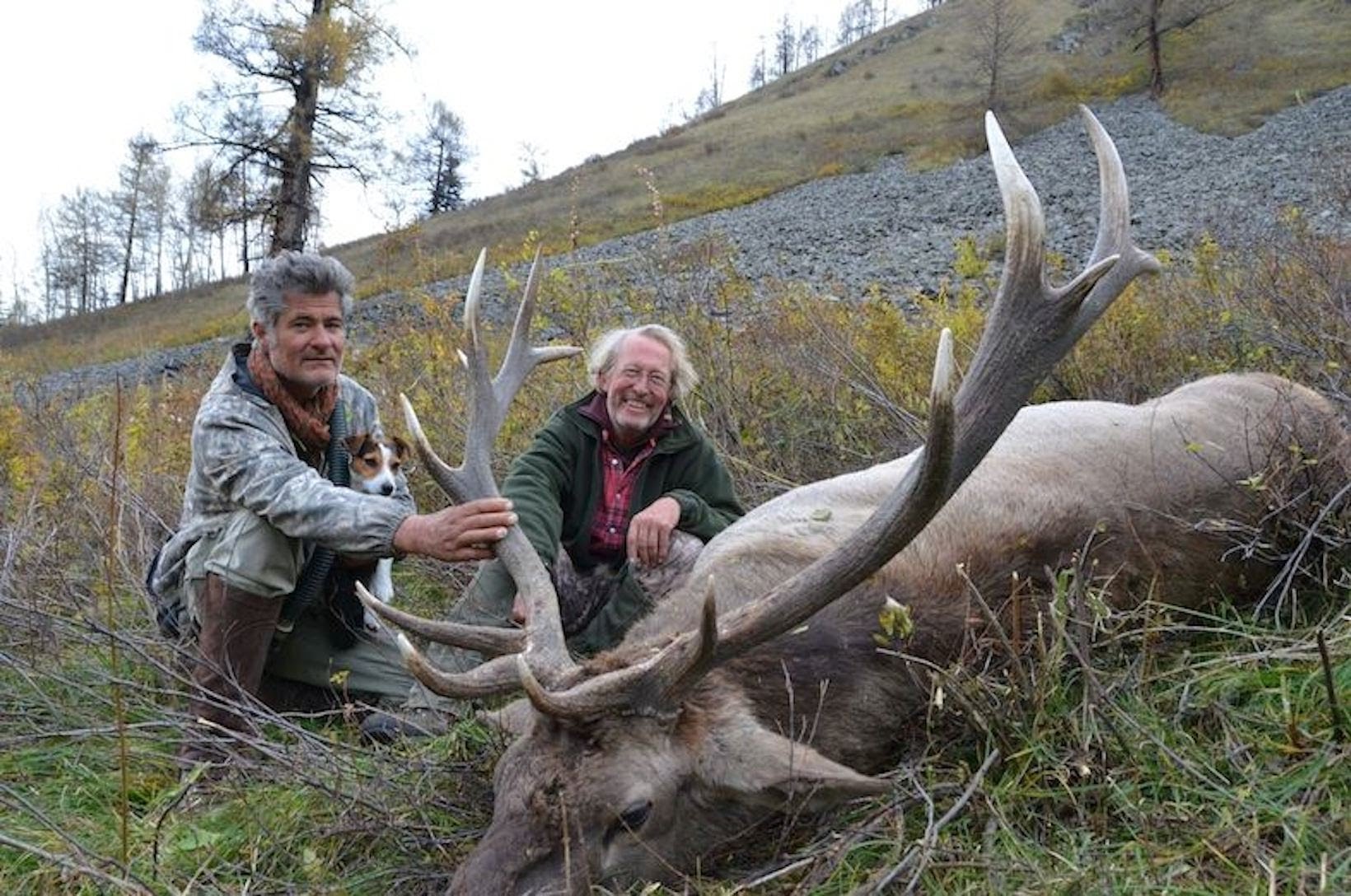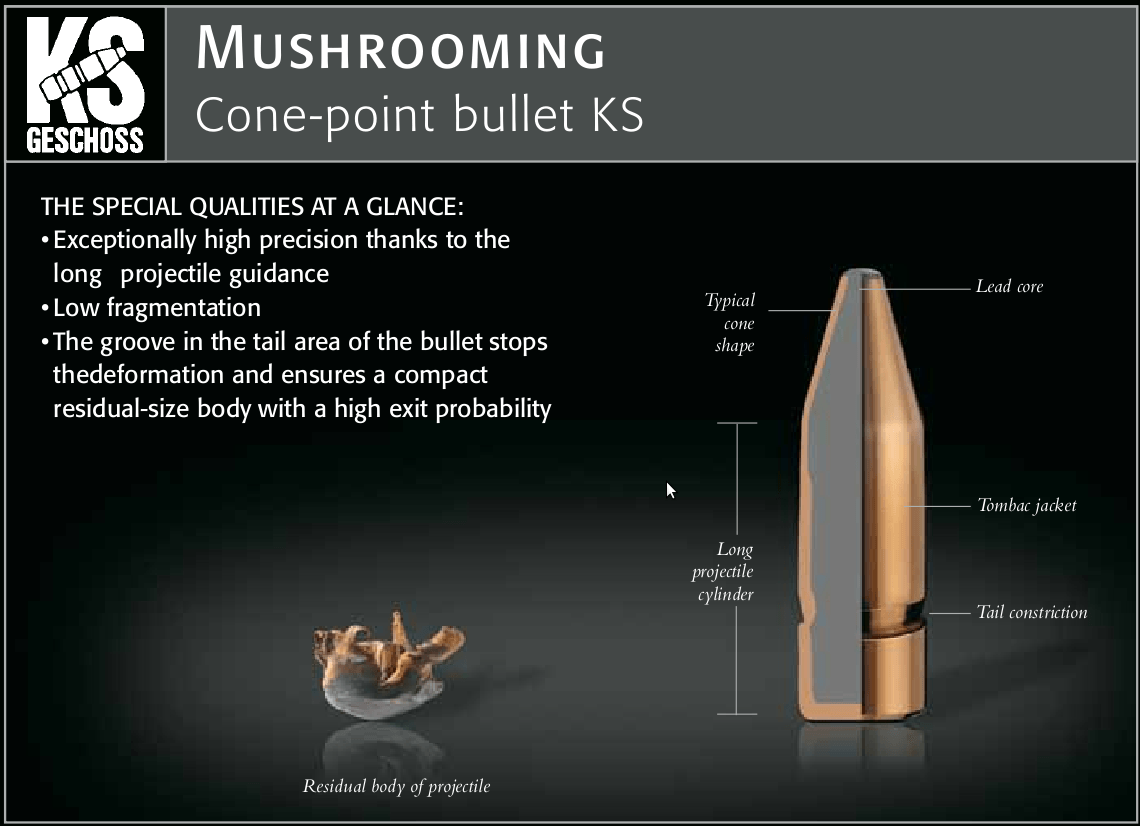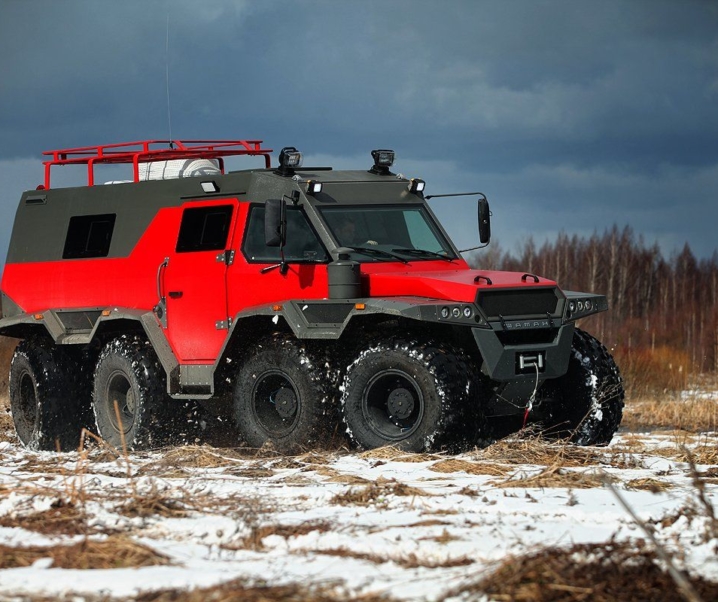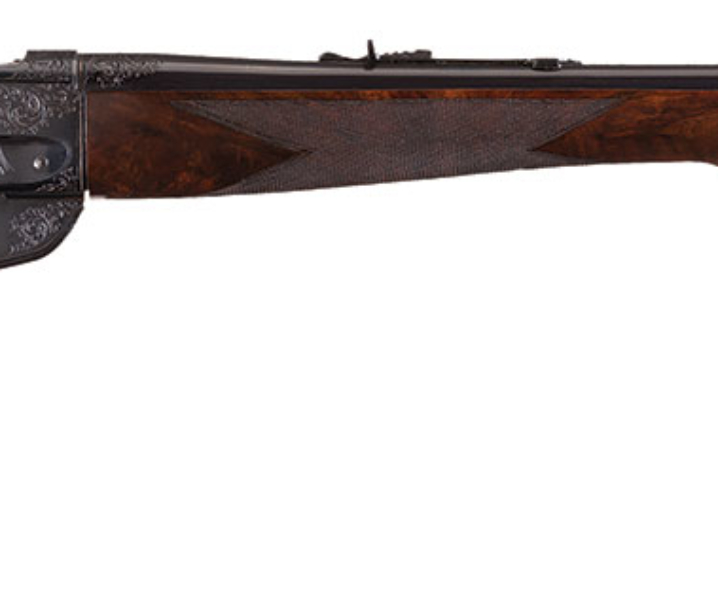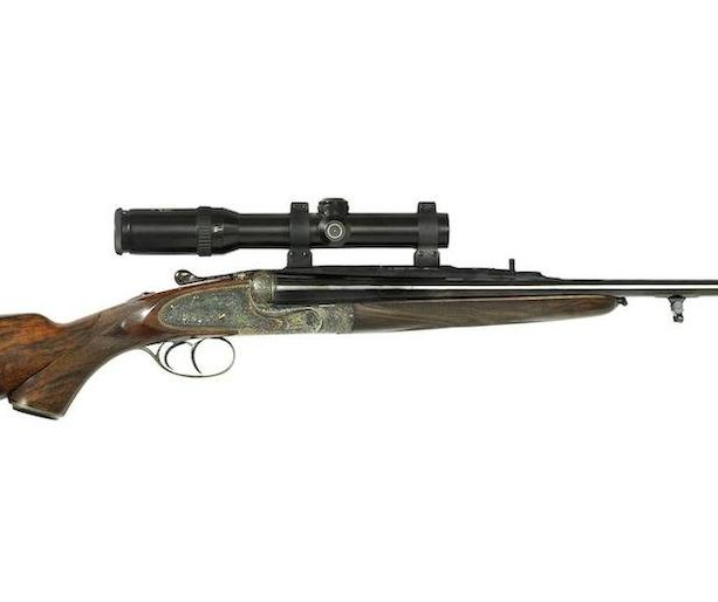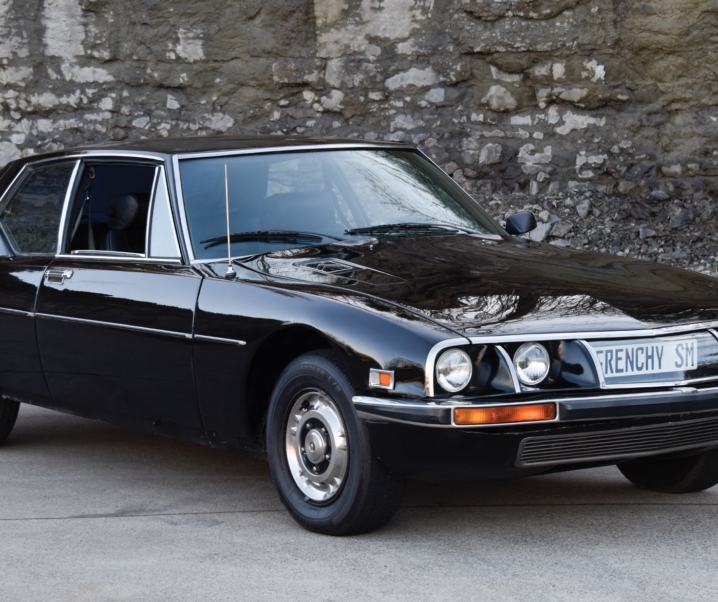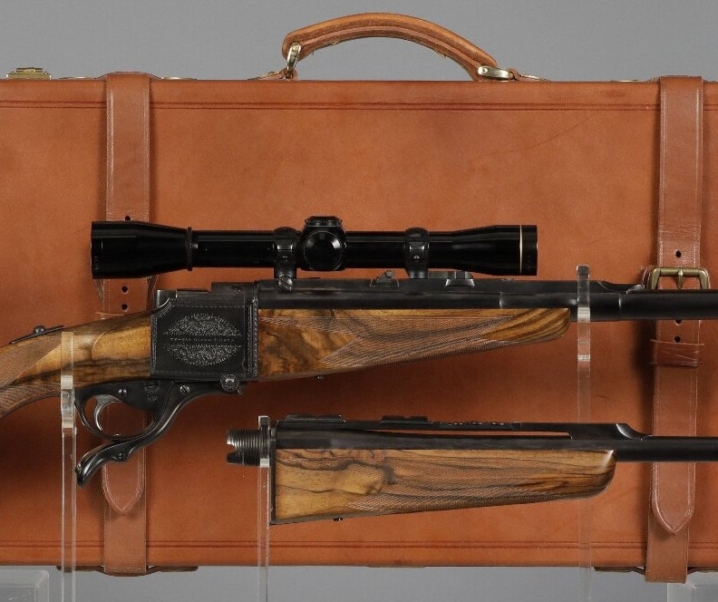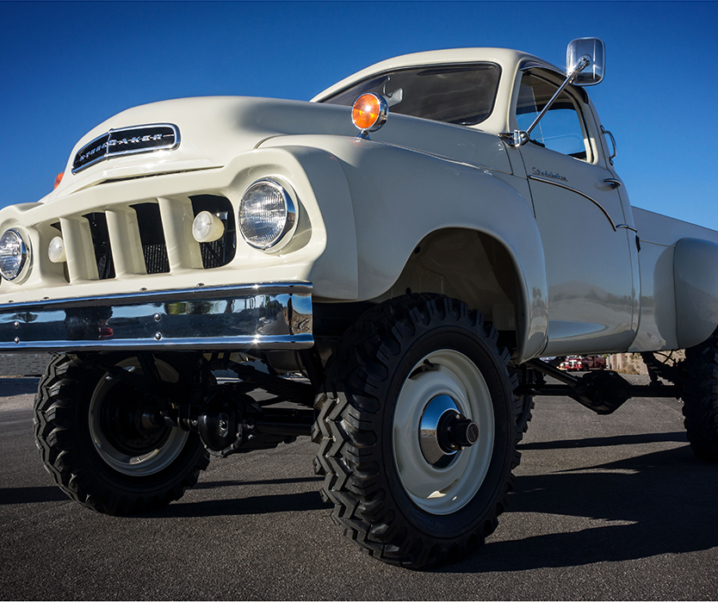When I was a young, new shooter I read shooting magazines such as “Guns and Ammo“, in fact “read” is not really the right word, I devoured them. I progressively acquired a shooting library over the ensuing years and got to try out a lot of the things I’d read about, and quite a few of the firearms I’d read about.
When you are a new shooter I think you’re just about ready to buy every new gun you see and it’s just as well we have limited bank accounts. A doctor friend had what seemed to be an unlimited bank account and finished up creating a solid double brick and tile room attached to his already large home just for his gun collection. It was a room that would have quite comfortably fitted in a fifties Cadillac Eldorado and still have room for a decent gun collection. However, the space that could have accommodated a Cadillac was filled with guns. Once I married my wonderful red-headed wife and the patter of little feet came on the scene the opportunity to just go and buy things and try them vanished as the limitations of my bank account became rather more pressing. Thus I had to learn to really prioritize what did, and did not, find a home in my gun cabinet. That process of refining down to the best minimalist essentials actually proved to be a lot more fun than I expected it to be.
In the coming months I’ll be embarking on acquiring the items to put together one hunting rifle with which to be able to travel pretty much anywhere in the world and shoot. What will I put together? What would you put together?
When we set about putting together a hunting rifle the first and most basic consideration is what caliber to choose for it? Having spent a lot of years living overseas I’m a bit of a realist in thinking about not only what cartridge will work best but also what ammunition might be available locally in the area I’m planning to hunt in. When we travel by air our luggage does not always finish up emerging from the baggage carousel at our destination. Even in my own family, when my eldest son traveled to Zimbabwe his luggage made it all the way to London, Heathrow. When my daughter traveled to New York her baggage finished up in Beijing. So, although we are going to take with us ammunition that we have zeroed our rifle for, we also have to prepare ourselves for our ammunition to finish up in Bolivia instead of with us in Almaty as we prepare for our Maral hunt in Kazakhstan. The cartridge we choose also has to meet minimum caliber requirements wherever we plan to hunt. In some parts of Africa that means .375 on up.
I’m inclined to agree with John Taylor’s recommendation in “African Rifles and Cartridges“. He suggests the .375 Holland and Holland Magnum. That’s the choice I’m going to make. It is a common caliber that has been around for a very long time. It is flat shooting enough to get out to 300 yards comfortably, meets legal minimum caliber requirements, and has one of the best assortments of bullets available for it. It also has a reputation for being able to shoot minute of angle groups (i.e. one inch at 100 yards, two inches at 200 yards etc.) if the rifle is properly set up.
Which exact loading will I choose for my .375H&H? For the vast bulk of game animals I will opt for the 300 grain RWS “Kegelspitzer” Cone Point bullet). In my past hunting experience I’ve had the chance to try bullets from the major US makers and also a few of the German RWS designs. For most hunting the RWS KS Cone-points are the ones I like. You will likely want to look around and experiment a bit. The 375 H&H is a fabulously flexible caliber permitting quite long range use with lighter bullets if required.
The Cone Points from RWS feature a one piece core which has the rear retained in a heavily crimped in section. In my experience, they provide quick one shot kills and you will be unlikely to recover one from the body of your game animal as they always seem to expand, deliver their energy, completely penetrate and exit.
When choosing a caliber and a main bullet I believe it is really important to settle on just one and shoot that loading at all the ranges you are likely to shoot at. With a .375 H&H Magnum that means regularly shooting at 25, 50, 100, 200 and 300 yards on a target range. Make sure you are familiar with that bullet’s trajectory curve and know it’s wind drift tables – but get practical experience shooting it. I prefer to zero at 200 yards with a cartridge in this velocity range. I believe it is easier to practice aiming a bit under point of aim at shorter ranges to provide less hold over at longer ones. Wind drift tables are a guideline but there is no substitute for finding out how that bullet behaves in a variety of wind and mirage conditions. With a 375H&H you can do a lot of shooting without worrying about shooting the barrel out. Your rifle needs to become like a natural extension of yourself, and there’s only one way to achieve that. Make sure you practice all the usual field positions. This means offhand (both without the support of a sling and with one), kneeling (with and without sling) and sitting (with sling). Practice using available support by using a vertical post as well for standing, kneeling and sitting (as is done in the Australian Field Rifle match). You should also practice prone although in all my years of hunting I think I have only ever once used prone.
Which sling? I’ve long wanted to try out a Whelan sling but have never been able to get my hot little paws on one. I used to have a standard leather Military Sling on all my hunting rifles in the past and will certainly do that again. I’ve heard of some other types, notably the Latigo, but haven’t had a chance to try one yet. DeSantis make a nice Military Sling so I’ll be adding one of those to my rifle.
We’ve picked the caliber and the sling, next we’ll do the harder part, the rifle itself. There are lots of absolutely excellent choices out there ranging from a bolt action from the nice people at Holland and Holland onwards. And a bolt action it will be for me; a bolt action which provides a controlled feed action, one with a ninety degree bolt lift and a solid claw extractor to ensure extraction and ejection. If you are looking for a 375 H&H the world is quite literally your oyster. All that matters is the available surplus in your bank account. For me it will be a Winchester Model 70 Alaskan. I want the Monte Carlo comb on the Alaskan and I don’t want the sling swivel on a barrel band as you get with the Safari Express. I’ll be using that DeSantis Military Sling to good advantage so I prefer it securely screwed into the stock fore-end, with a fully floating barrel. I don’t want to risk the point of aim shifting because of the pressure of a tight sling on a barrel band.


In choosing a rifle one can really put one’s life savings into it and have it as a pride and joy. That’s nice, and it’s fine if your hunts are going to be in countries where the police and customs officials are trustworthy. However, some places are not like that and rifles may disappear. The more valuable the more likely the disappearance. There is also the possibility of damage. either in flight or during your hunt. I’ve had a nice F.W. Heym rifle cracked at the pistol grip during a flight despite the rifle being sufficiently packed in a heavy cardboard carton and bubble wrap. Two lessons learned there; first, don’t use even a thick cardboard carton wrapped in bubble wrap, get a strong rifle case; second, when you transport your rifle be prepared for it to be damaged (or lost). As the saying goes “shoes are meant to be worn”. Get a good reliable rifle, but be prepared for problems.
On the topic of the rifle, you want that rifle stock to be water resistant. With all my hunting rifles I made a point of ensuring that not only the outside, but also the inside of the wood was treated and sealed. With an oil finish stock I would always get the stock off the rifle and treat the outside and inside with refined/boiled linseed oil. Once I was satisfied there was a good (and aesthetically pleasing) oil finish I would wait for a good week or so and then apply a Birchwood Casey Tru-Oil finish both outside and in. The result was always pretty and the stocks stayed stable.
Finally we need to consider the rifle scope and the mounts that will attach it to the rifle. Trying to economize on either of these two items is likely to end up in tears so be prepared to go for the best you can afford. First things first, I like open sights, and if I need to be shooting in close cover then I’m going to want to get the scope off the rifle and use them. So I’m planning on detachable mounts from EAW so I can pivot that scope off and put it back on again whenever needed being confident that it will always hold it’s zero.
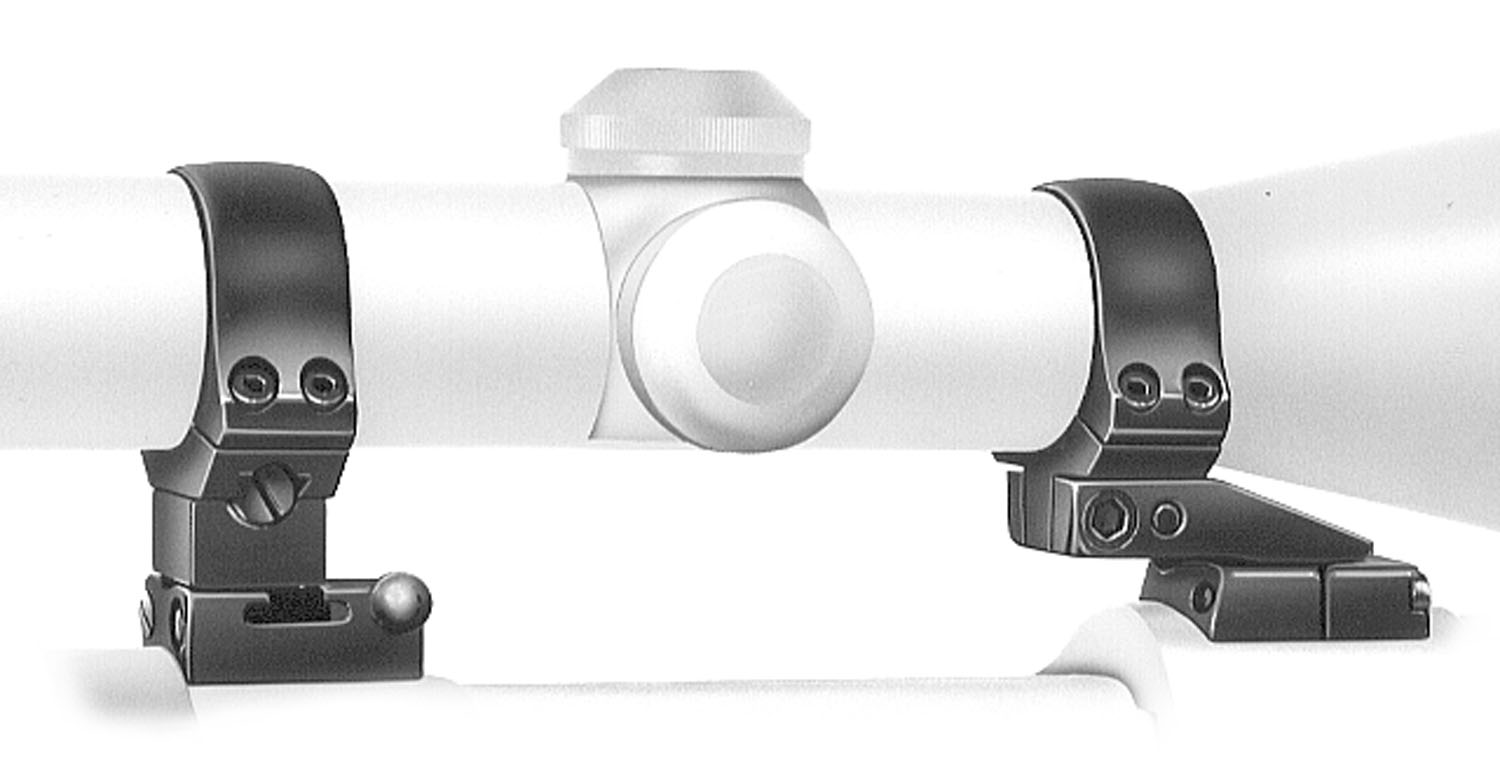
You’ll find more information on EAW mounts in one of my previous articles here.
There are other types of detachable mounts available but I will be sticking with the ones I’m familiar with and trust.
The last item we need to consider is the rifle scope. Back in the days before World War II John Taylor suggested a 2.5x scope. 2.5x is what I would want as a lowest magnification in a variable scope. I tend to favor European optics so the choice, for me, would be between Kahles, Schmidt and Bender, Swarowski, and Zeiss. I’m going to choose a Kahles 2.5-10x50mm Helia C. A scope with a wide field of view, enough magnification for difficult longer range shots where you may need to see though thick cover to get your shot of a lifetime in; and no electronics to potentially go wrong.
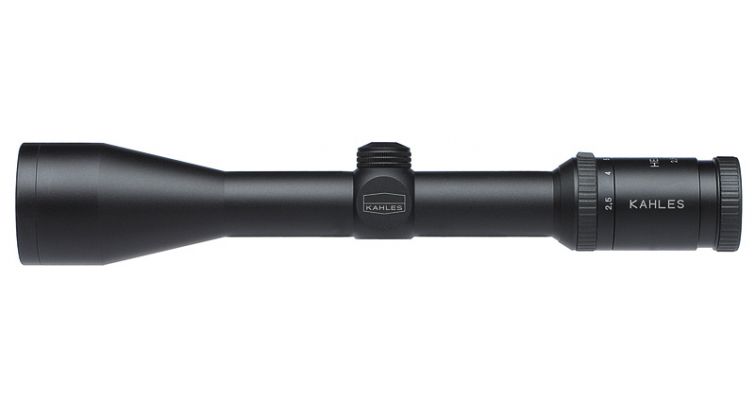
I’ve also noticed in a European Kahles catalog that this model can be had with a steel tube so, given that choice, I’ll be trying to get one of those.
The end result is going to be a rifle that weighs about ten pounds, so it will be in the heavy sporting rifle class. In the past my main hunting rifle tipped the scales just over the ten pound mark and I carried it over hill and dale on many happy hunts. It was made heavy primarily because it was wearing a Nickel Supra 3-12x56mm rifle scope but it was comfortable enough to carry. I tend not to favor carrying a rifle by the sling on my shoulder if I don’t need to. I favor the “Indian carry”. If you are going hunting then you need to be in good physical shape and to be able to carry your rifle easily. You need the physical endurance to go all day, day after day. Let’s not forget that a bog standard M1 Garand tips the scales at nine and a half pounds without a scope. So if a rifle of the order of nine and a half to ten pounds proved to be good enough for GI Joe then it should be good enough for you and me. The weight will be useful when you come to take your shot. It tends to help stabilize the rifle, absorb the recoil, and if the extra weight is coming from the rifle scope it tends to center the weight between the hands making the rifle more agile to handle.
So there you have it. I’m looking forward to getting this little item put together in the months ahead, and I’m looking forward to getting it up to the shooting range and tuning and sorting it out. Then all that will be needed is a suitable hunting trip or five to plan and enjoy. Some Sambar stalking is high on my list of hunts to go and do.
(Feature image above is courtesy of Seladang at https://www.youtube.com/watch?v=YEj5eXWKW3I)

Jon Branch is the founder and senior editor of Revivaler and has written a significant number of articles for various publications including official Buying Guides for eBay, classic car articles for Hagerty, magazine articles for both the Australian Shooters Journal and the Australian Shooter, and he’s a long time contributor to Silodrome.
Jon has done radio, television, magazine and newspaper interviews on various issues, and has traveled extensively, having lived in Britain, Australia, China and Hong Kong. His travels have taken him to Indonesia, Israel, Italy, Japan and a number of other countries. He has studied the Japanese sword arts and has a long history of involvement in the shooting sports, which has included authoring submissions to government on various firearms related issues and assisting in the design and establishment of shooting ranges.

